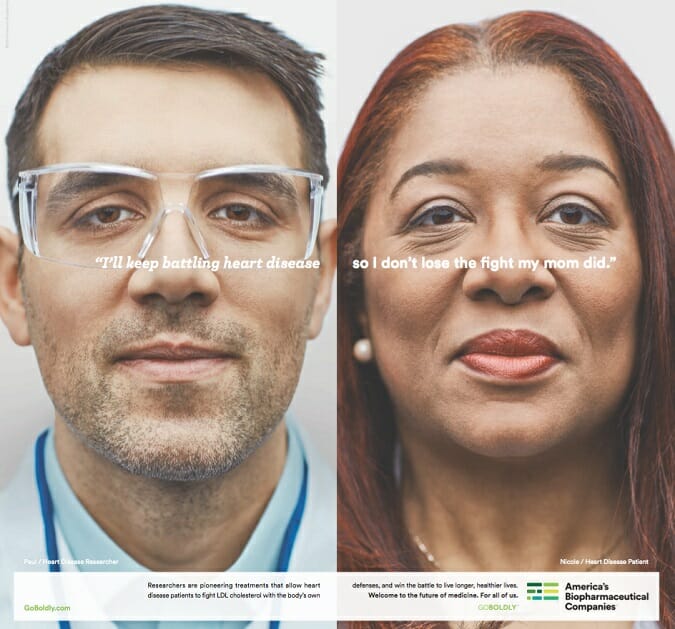
PerformanceRevenue estimated at $457.2 million in 2016 (includes revenue from ghg, Sudler & Hennessey, Ogilvy CommonHealth Worldwide, and CMI/Compas) Plans “I hope to tell you that we’ve not only launched new health offerings that never existed before at WPP, but also that never existed before in our business” Prediction “Technology and data — those two words are used all the time, but they’re not always meaningful. The goal will be to make them meaningful for clients” |
Of the 410 companies referenced on the About Us page of WPP’s website, exactly three include the letters “WPP” in their moniker. Two of those entities, WPP AUNZ (Australia/New Zealand) and WPP-Scangroup (Africa) are region-specific umbrella organizations. The third, WPP Health & Wellness, has a broader mandate: to turbocharge the holding company’s already well-oiled healthcare machine and seize all opportunities to broaden client relationships across the full spectrum of health and wellness-related products and services.
So it’s a big deal the new unit, which was formally unveiled in February, has been stamped with the WPP imprimatur. Asked about the pressure that comes with it, WPP H&W global CEO Mike Hudnall downplays it, characterizing it instead as a natural and obvious choice.
“Health is a big priority for WPP — health and personal care is our biggest sector,” he says.

Global CEO: Mike Hudnall
“We know our clients’ needs are changing radically. The idea is to double down and advance one of our core corporate strategies at WPP, which is horizontality and getting people aligned to work together for clients.”
The realignment places four A-list agencies — ghg, Sudler & Hennessey, CMI/Compas, and Ogilvy CommonHealth Worldwide — into a new specialist unit, with all brands and leadership hierarchies remaining intact. There’s also a separate international healthcare specialist unit — to be led by international CEO Claire Gillis, formerly CEO of ghg Europe — with a health-consulting arm and a tech and data offering soon to follow. The latter is likely to tap the resources of WPP companies such as Wunderman, Kantar, and GroupM.
Asked 10 weeks after the launch about how the agencies newly unified under the WPP banner would interact, Hudnall states: “Our strategy is in no way meant to minimize the importance of those brands. There will be opportunities for everybody to shine, but the idea is to bring us together in a powerful way.”
He gives similarly broad answers in response to queries about challenges and opportunities. On the former, he explains: “We want to inspire individuals to understand what our vision and to mobilize people to the right place at the right time to get work done.”
Even without knowing the precise mechanics, the WPP H&W model makes sense. Health and wellness not only shapes how more or less every individual exists in the world, but it is also big business. It’s likely not lost on Hudnall or any other WPP exec that the universe’s most innovative tech players — Apple, Google, Samsung, and more — have all prioritized healthcare. Unifying WPP’s extensive health and wellness resources — Hudnall estimates that some 20,000 of the company’s 200,000-plus employees work on healthcare “in some way or another” — should give the company the needed scale and intellectual heft to tackle any health-related challenge in any health-related segment.
Access? Clinical trials? Analytics? WPP H&W’s message is clear: Bring it all on.
From the July 01, 2017 Issue of MM+M - Medical Marketing and Media








